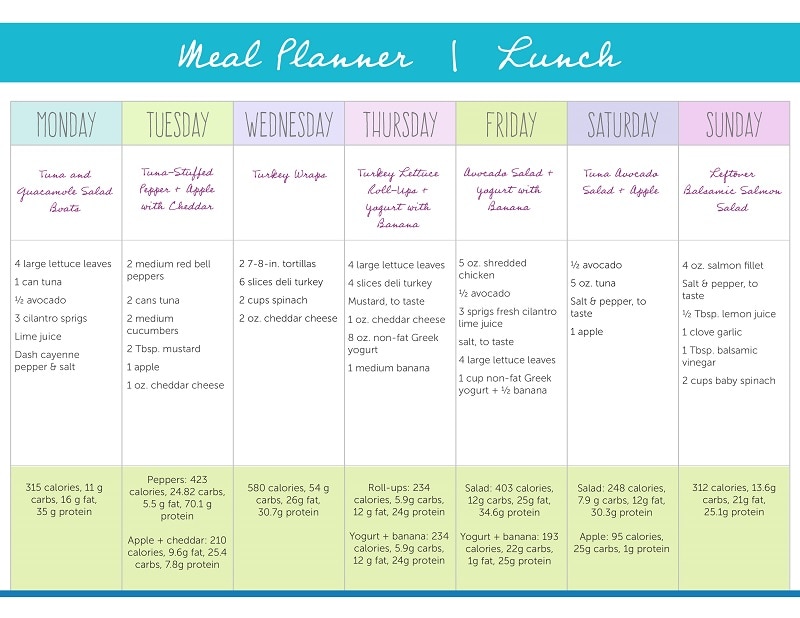Embarking on a journey towards weight loss often involves navigating through a myriad of dietary options, each promising transformative results. Among these, the low-carb diet has emerged as a popular and scientifically supported approach for those seeking effective weight management solutions. Rooted in the principle of reducing carbohydrate intake to promote fat burning, this dietary strategy not only aids in shedding excess pounds but also offers potential benefits such as improved blood sugar control and enhanced energy levels. However, transitioning to a low-carb lifestyle requires careful planning and informed decision-making to ensure both nutritional adequacy and sustainable results. This article delves into the foundational steps necessary for successfully adopting a low-carb diet, offering evidence-based insights and practical strategies to empower individuals in their weight loss endeavors. By understanding the intricacies of carbohydrate consumption and its impact on the body, readers will be equipped with the knowledge and confidence needed to embark on a healthier, more balanced lifestyle.
Understanding the Science Behind Low Carb Diets
At the core of low carb diets is the principle of significantly reducing carbohydrate intake to stimulate the body to burn stored fat for energy. When carbohydrates are consumed, they are broken down into glucose, which then triggers the release of insulin. Insulin is a hormone that facilitates the storage of fat, and high levels can inhibit fat breakdown. By minimizing carb intake, the body enters a state called ketosis, where fat becomes the primary energy source. This metabolic shift can lead to a reduction in body fat, improved insulin sensitivity, and stabilized blood sugar levels.
Several studies highlight the benefits of low carb diets, emphasizing their role in effective weight management. These diets often include foods that are rich in protein and healthy fats, which help in maintaining muscle mass and providing satiety. Key foods to incorporate include:
- Lean meats such as chicken, turkey, and beef
- Fish and seafood rich in omega-3 fatty acids
- Eggs for a versatile and nutritious option
- Nuts and seeds for healthy fats and fiber
- Non-starchy vegetables like leafy greens, broccoli, and bell peppers
Understanding the underlying science can empower individuals to make informed dietary choices that align with their weight loss goals, ensuring that they not only lose weight but also enhance their overall health.

Identifying the Right Low Carb Foods for Your Meal Plan
Embarking on a low carb diet involves more than just cutting out bread and pasta. It’s about making informed choices that align with your nutritional needs while keeping your carbohydrate intake in check. Begin by focusing on whole, unprocessed foods that are naturally low in carbohydrates. These include lean proteins such as chicken, turkey, and fish, which not only help to keep you full but also provide essential nutrients without the added carbs.
Vegetables are a crucial component of any low carb meal plan. Opt for non-starchy vegetables like spinach, kale, broccoli, and bell peppers. These options are rich in fiber and nutrients while being low in carbohydrates. Additionally, consider incorporating healthy fats into your diet, such as avocados, nuts, and seeds, which can help maintain satiety and provide energy. Here are some foods to include in your low carb meal plan:
- Proteins: Eggs, lean meats, fish, and tofu
- Vegetables: Leafy greens, zucchini, and cauliflower
- Fats: Olive oil, coconut oil, and butter
- Dairy: Cheese, Greek yogurt, and cream
By focusing on these food groups, you can create a balanced low carb diet that supports weight loss while ensuring you get the necessary nutrients your body needs.

Crafting a Balanced Low Carb Meal Strategy
Embarking on a low carb diet requires a strategic approach to ensure nutritional balance and sustained energy levels. Focus on incorporating a variety of food groups that offer essential nutrients while minimizing carbohydrate intake. Begin by identifying lean proteins such as chicken, turkey, and fish, which serve as the cornerstone of your meals. Pair these with healthy fats like avocados, nuts, and olive oil to enhance flavor and satiety.
Vegetables play a pivotal role in your meal strategy, providing fiber and essential vitamins. Opt for non-starchy varieties such as spinach, broccoli, and zucchini. These can be seamlessly integrated into your dishes, adding both texture and nutrition. Consider the following elements for a balanced low carb meal:
- Lean Protein: Grilled chicken breast or baked salmon.
- Healthy Fats: A handful of almonds or a drizzle of olive oil.
- Low-Carb Vegetables: Sautéed spinach or a fresh cucumber salad.
By diversifying your meal components, you not only support weight loss but also ensure that your body receives a well-rounded supply of nutrients, keeping you energized and satisfied throughout the day.

Monitoring Progress and Adjusting Your Low Carb Approach
Embarking on a low-carb diet is a dynamic process that requires consistent monitoring and flexibility. As you progress, it’s crucial to evaluate both your physical and emotional responses to the diet. Regularly check your energy levels, mood, and overall well-being. If you notice persistent fatigue or irritability, it may be time to reassess your carb intake. Additionally, keep an eye on measurable indicators such as weight loss, body measurements, and health markers like blood sugar levels. Tracking these metrics will provide you with valuable insights into how your body is responding and help you make informed adjustments.
- Track your weight and body measurements weekly to observe trends rather than daily fluctuations.
- Monitor your food intake with a journal or app to ensure you’re staying within your desired carb range.
- Adjust your macronutrient ratios if you hit a plateau, either by slightly increasing or decreasing carbs.
- Listen to your body and make changes as needed to maintain a sustainable and enjoyable approach.
Remember, the journey to effective weight loss is not a linear path. It’s about finding what works best for you and being adaptable to change. Stay informed and be willing to experiment with your approach to achieve the best results.
